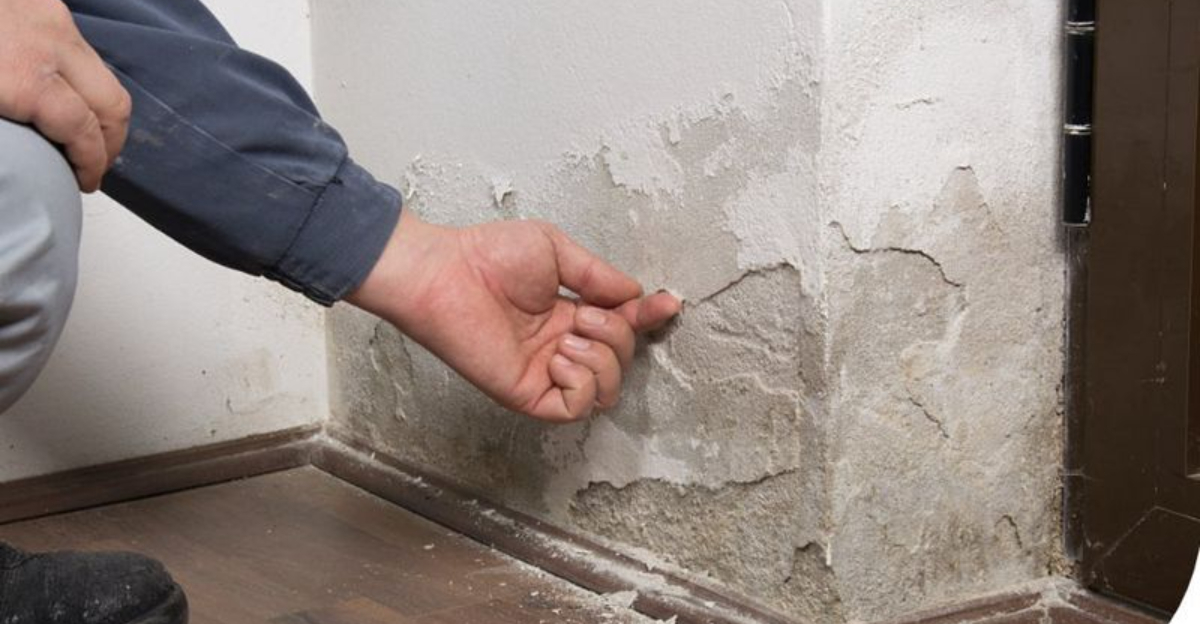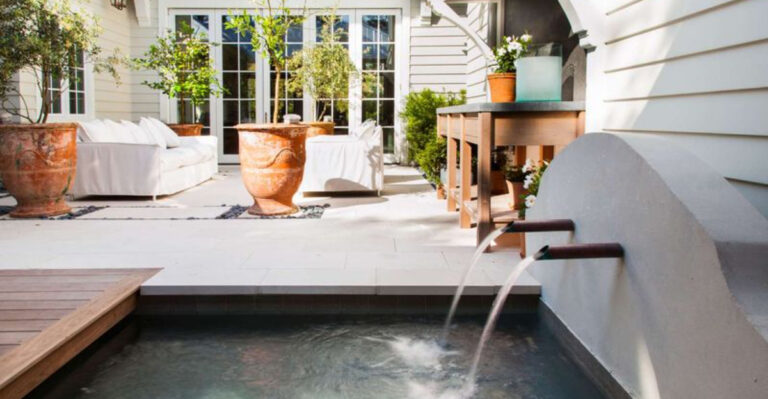16 Home Maintenance Mistakes That Are Costing You Thousands
I used to think skipping a few home maintenance tasks here and there wasn’t a big deal, until a tiny leak turned into a pricey roof repair. The truth is, your home might be quietly draining your wallet without you even realizing it.
Things like clogged gutters or a neglected HVAC filter don’t scream for attention, but over time, they can lead to serious damage and even bigger bills.
I’ve learned the hard way that staying on top of the little stuff can save a lot in the long run. Here are the sneaky maintenance mistakes you’ll want to catch early.
1. Ignoring Leaky Faucets
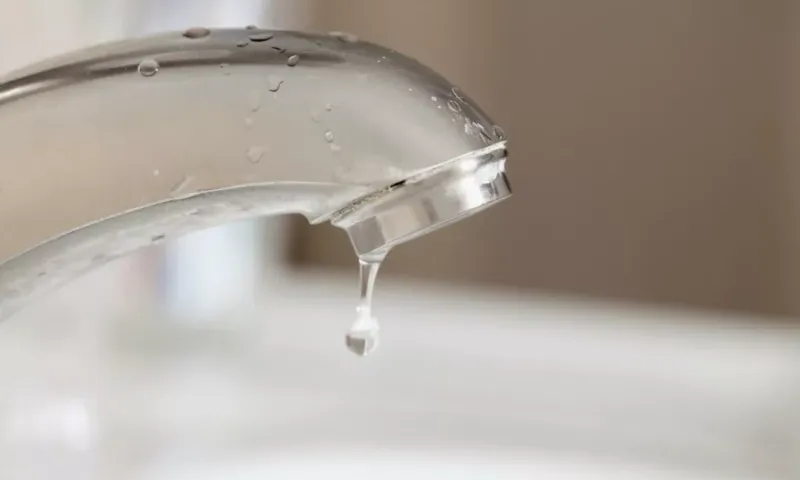
That innocent drip-drip-drip isn’t just annoying—it’s expensive! A single leaking faucet can waste up to 3,000 gallons of water annually, adding hundreds to your utility bills.
Many homeowners dismiss these small leaks as trivial, but they’re actually throwing money down the drain. The fix is usually simple: replacing a worn washer or O-ring costs just a few dollars.
Plus, ignoring leaks can lead to water damage, mold growth, and eventual replacement of fixtures that could have lasted years longer with proper maintenance.
2. Skipping HVAC Filter Changes
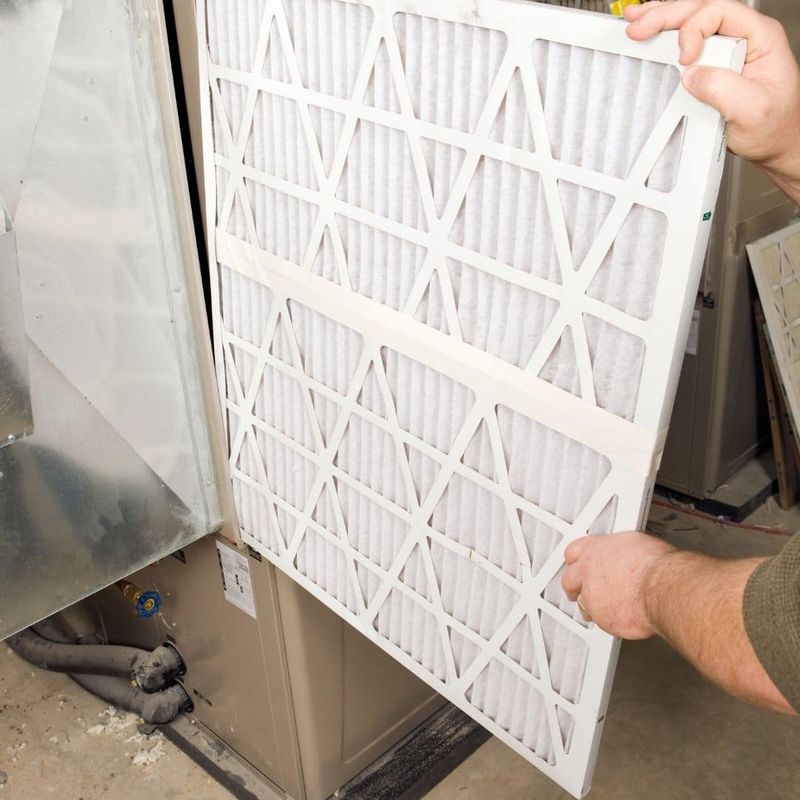
Your furnace and AC system are gasping for air! Clogged filters force heating and cooling systems to work overtime, increasing energy consumption by up to 15%.
Smart homeowners mark their calendars for monthly checks during peak seasons. Basic filters cost about $10-20, while the energy waste from dirty ones can add hundreds to yearly bills.
Neglected filters also shorten equipment lifespan—a new HVAC system runs $5,000-10,000, making this $20 maintenance task one of your best household investments.
3. Postponing Roof Repairs
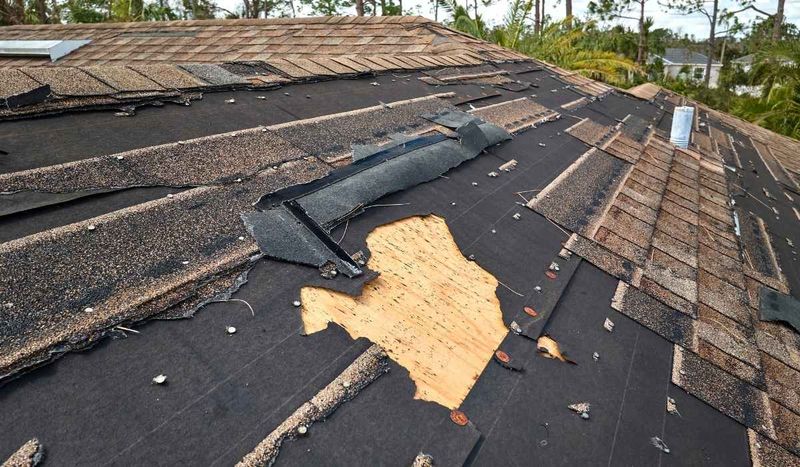
That tiny roof leak might seem harmless now, but water is secretly wreaking havoc on your home’s structure. Missing shingles or small leaks quickly evolve into major structural damage, ceiling repairs, and mold remediation.
A simple $300 repair job today prevents $15,000+ in water damage tomorrow. Water intrusion doesn’t just damage your roof—it attacks insulation, drywall, electrical systems, and even your foundation.
Annual roof inspections catch problems early when they’re affordable to fix, not after they’ve caused catastrophic damage to multiple home systems.
4. Neglecting Gutter Cleaning
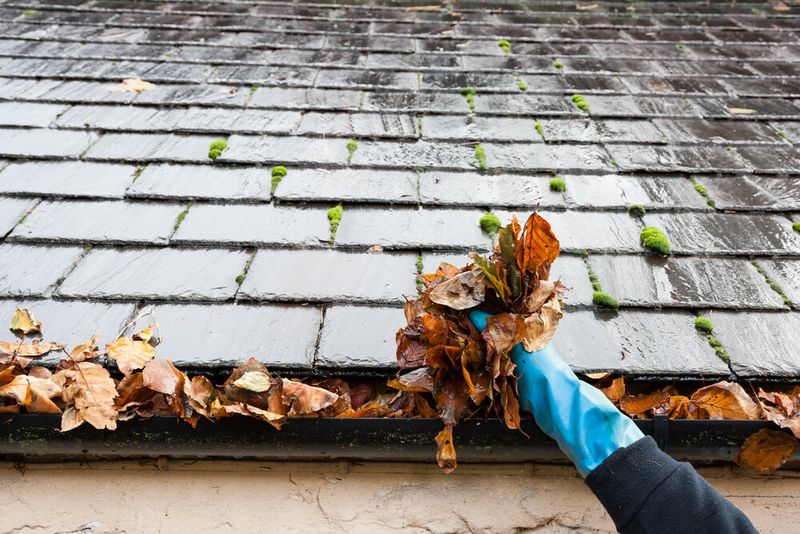
Stuffed gutters aren’t just unsightly—they’re a disaster waiting to happen! Clogged gutters overflow, sending water cascading down exterior walls and seeping into your foundation.
Foundation repairs average $4,000 to $10,000, while gutter cleaning costs just $100-200 twice yearly. When gutters can’t channel water away properly, you risk basement flooding, fascia rot, and landscape erosion.
The weight of debris-filled gutters can also pull them away from your house, requiring complete replacement rather than simple maintenance.
5. Painting Over Problem Areas
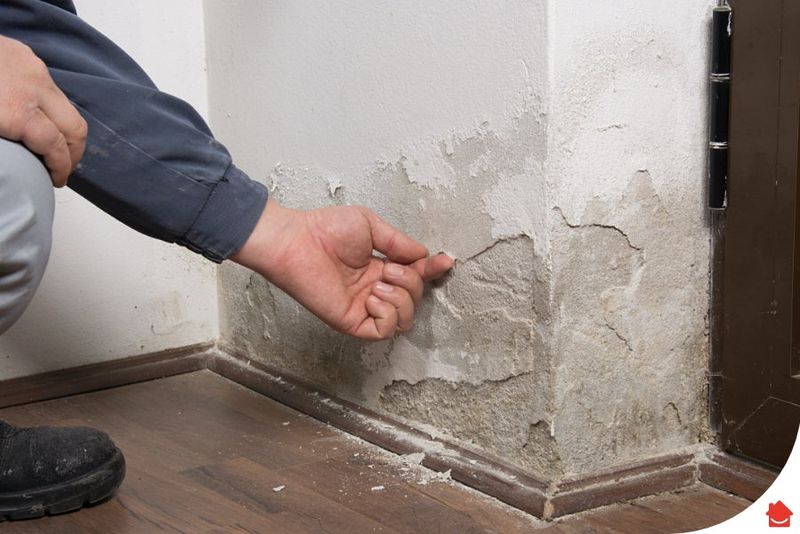
Fresh paint looks nice, but slapping it over water stains or cracks is like putting a bandaid on a broken leg! Those underlying issues—moisture intrusion, structural shifting, or mold growth—continue deteriorating behind your pretty new color.
Paint fails quickly when applied over problem areas, wasting your money twice: once on the failed paint job and again on the eventual bigger repair.
Always investigate and fix stains, cracks, or bubbling paint before repainting—it might mean delaying your project, but will save thousands in structural repairs later.
6. Forgetting About Dryer Vent Cleaning

Your dryer vent might be plotting against you! Lint accumulation forces your dryer to run longer cycles, wasting electricity and wearing out the appliance prematurely.
Even scarier—lint-clogged vents cause about 2,900 house fires annually. Professional vent cleaning costs $100-150 annually, while a new dryer runs $400-1,500, and fire damage restoration starts at tens of thousands.
You’ll also notice faster drying times after cleaning, saving approximately $25 monthly on utility bills—that’s $300 yearly for a simple maintenance task!
7. Using The Wrong Cleaning Products
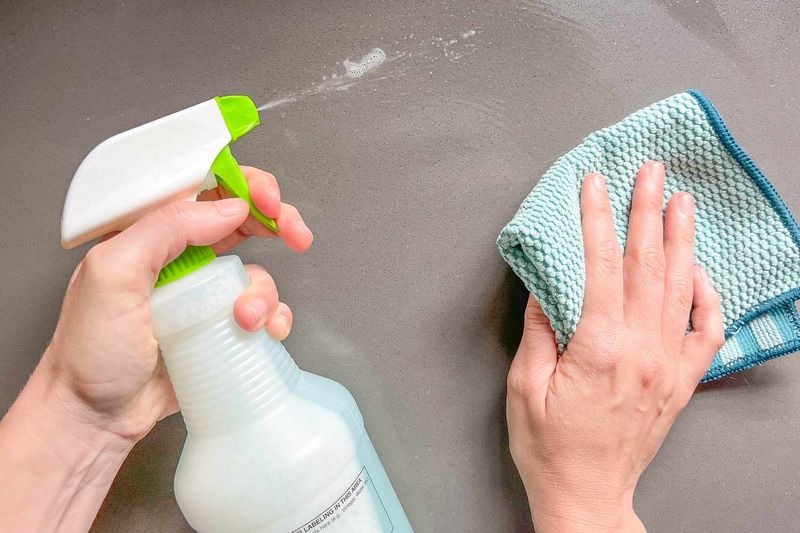
Grab-and-go cleaning products might seem convenient, but using the wrong ones damages expensive surfaces! Acidic cleaners on natural stone countertops cause etching that requires professional restoration costing $800+.
Abrasive scrubbers on stainless steel appliances create microscratches that collect dirt and ruin the finish. Wood floors treated with harsh chemicals lose their protective coating, requiring complete refinishing for $3-5 per square foot.
Always read manufacturer recommendations for your specific surfaces—the right cleaning products protect your investments rather than destroying them.
8. Allowing Trees To Overgrow
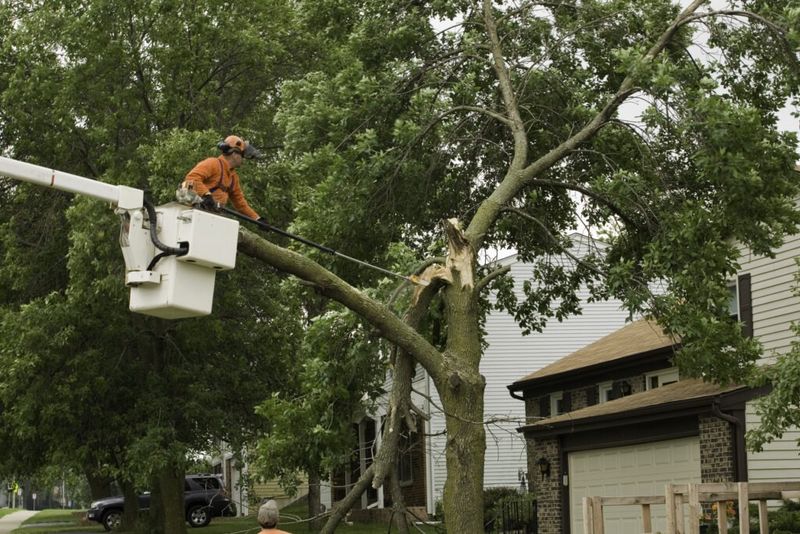
Those majestic trees provide lovely shade, but branches hanging over your roof are ticking time bombs during storms! Fallen limbs cause an average of $4,000 in roof damage, while roots growing toward foundations can cause even costlier structural issues.
Professional tree trimming runs $250-500 annually—far cheaper than emergency removal after damage occurs. Roots seeking water can also invade and crack sewer lines, resulting in backups and repairs starting at $1,000.
Annual arborist inspections identify potential problems before that beautiful oak becomes your home’s worst enemy.
9. Procrastinating On Grout Sealing
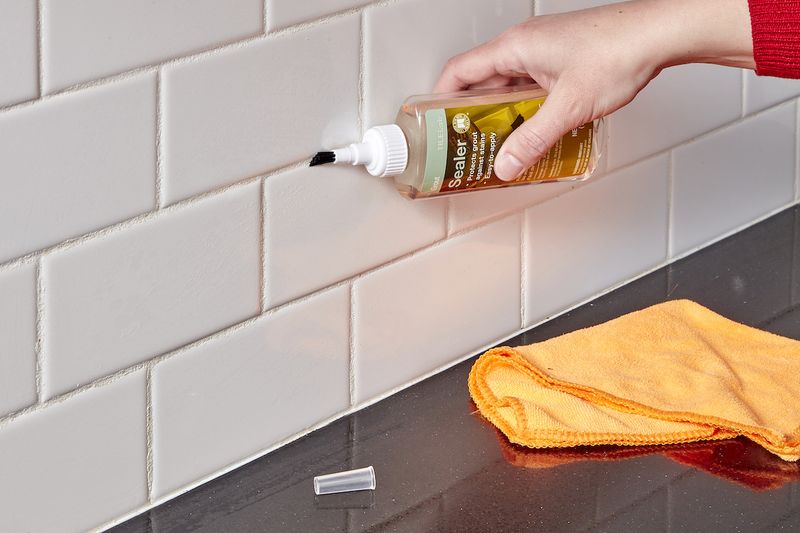
Your shower’s unsealed grout is secretly drinking water like a sponge! This moisture penetrates behind tiles, rotting the wallboard and creating a hidden mold paradise.
Bathroom remodels due to water damage start at $10,000, while grout sealer costs under $25 and takes just an hour to apply. Most homeowners should reseal shower grout annually—it’s simple protection against massive repair bills.
The first sign of trouble is often discolored or crumbling grout, but by then, the damage behind your walls is already significant and expensive to remediate.
10. Overlooking Caulk Maintenance
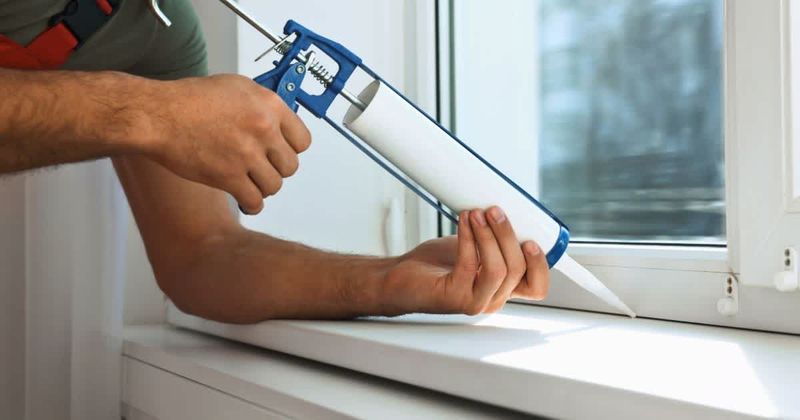
Cracked caulk around windows, tubs, and sinks might seem like a minor cosmetic issue, but it’s actually your home’s critical waterproof seal! Failed caulking lets moisture penetrate walls, causing rot, mold, and structural damage.
A tube of quality caulk costs about $5 and prevents thousands in water damage repairs. Check caulking twice yearly and replace it when you notice cracks, gaps, or discoloration.
Pay special attention to exterior window seals—water intrusion here not only damages your walls but can also reduce insulation effectiveness, increasing energy bills year-round.
11. DIYing Beyond Your Skill Level
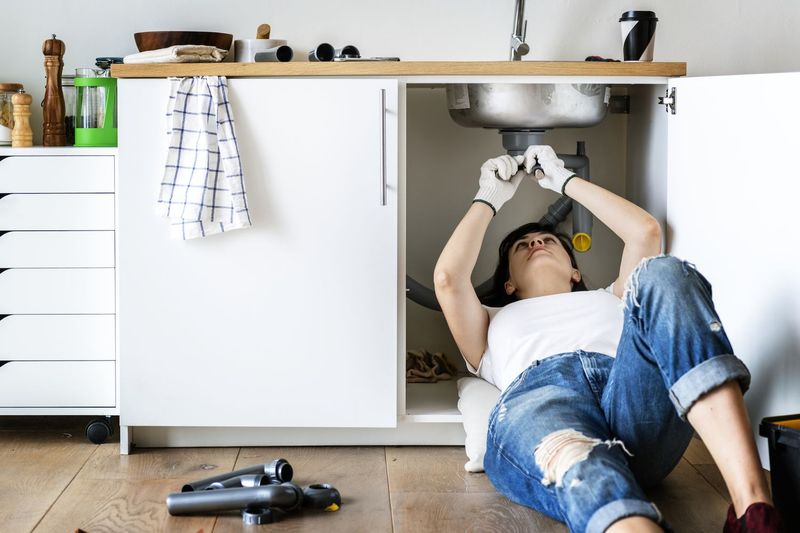
YouTube makes everything look easy, but amateur electrical work can lead to house fires, while DIY plumbing often results in leaks and water damage. Homeowners frequently underestimate project complexity until they’re knee-deep in problems.
Professional repairs to fix DIY mistakes typically cost 2-3 times the original contractor price. Know your limits—painting and simple landscaping are DIY-friendly, while electrical, plumbing, and structural work usually require professionals.
Even seemingly simple tasks like installing a ceiling fan can become expensive disasters when wiring is improperly connected or joists aren’t properly reinforced.
12. Neglecting Appliance Maintenance
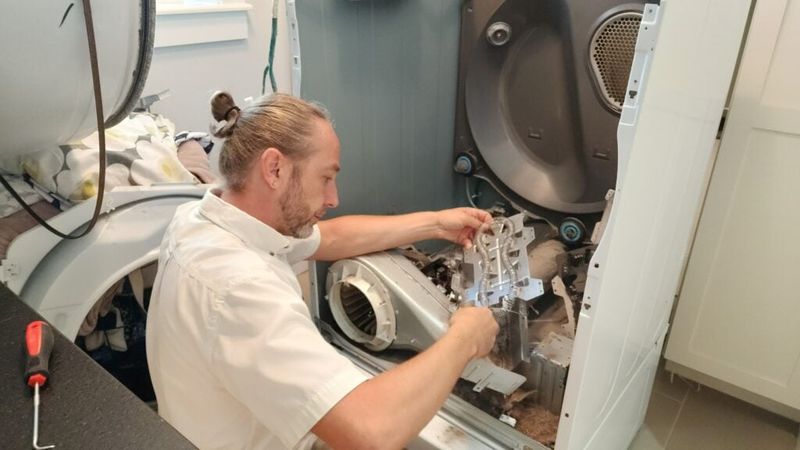
Your refrigerator’s condenser coils are collecting dust bunnies while your wallet collects repair bills! Dirty refrigerator coils reduce efficiency by 25%, increasing electricity usage and shortening appliance lifespan.
Washing machine hoses should be inspected quarterly and replaced every 3-5 years—a $20 investment prevents potential flooding that causes thousands in water damage.
Dishwasher filters need monthly cleaning to prevent motor strain and drainage issues. Regular maintenance extends appliance life by 3-5 years on average—that’s thousands saved considering replacement costs for major appliances.
13. Ignoring Insulation Deficiencies

Your attic’s insufficient insulation is like leaving windows open year-round! Most homes lose 25-30% of their heating and cooling through inadequate attic insulation, adding hundreds to yearly energy bills.
Proper insulation provides around 100% return on investment through energy savings. The average attic insulation upgrade costs $1,500-2,000 but saves $200-500 annually on utilities—a relatively quick payback period.
Beyond energy savings, proper insulation prevents ice dams in winter, which can cause significant roof and gutter damage requiring expensive repairs.
14. Forgetting Smoke Detector Maintenance
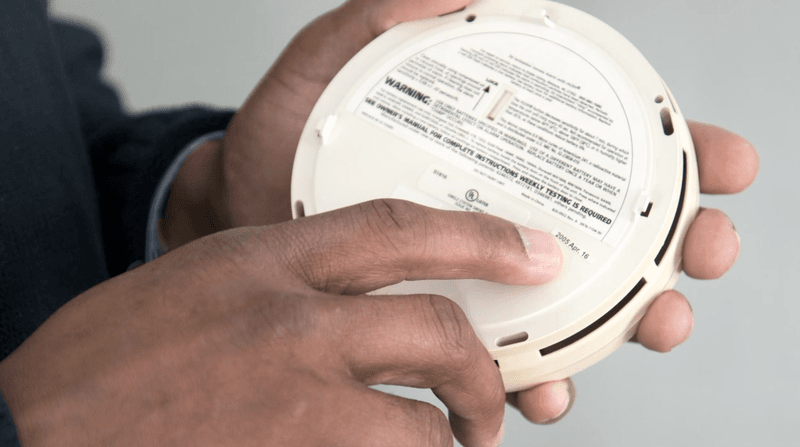
Those little plastic discs on your ceiling are literally lifesavers—when they work! Dead batteries or expired detectors might not alert you during a fire, leading to catastrophic property damage and worse.
Smoke detectors need battery replacement twice yearly and complete replacement every 10 years. The average house fire causes $12,000 in property damage, while a 9-volt battery costs about $2.
Modern interconnected systems offer enhanced protection—when one detector senses smoke, all alarms sound, providing crucial extra seconds to escape and call firefighters before damage escalates.
15. Skipping Septic System Pumping
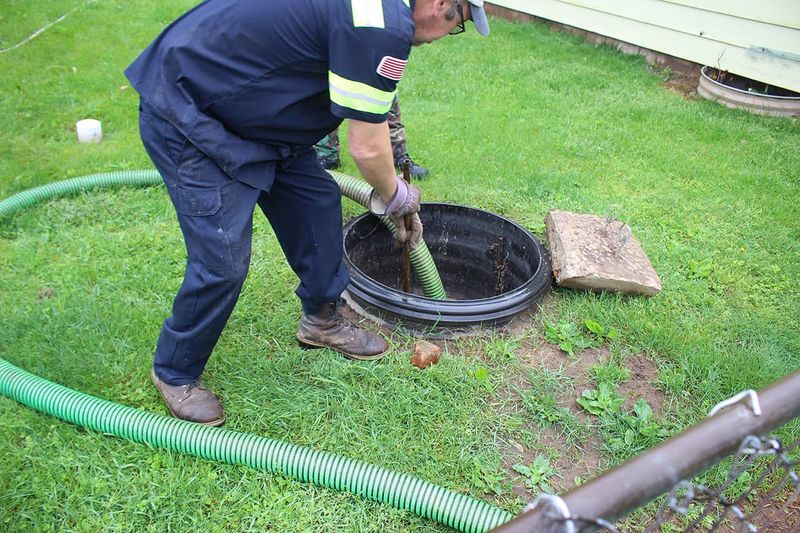
Out of sight shouldn’t mean out of mind when it comes to your septic system! Regular pumping every 3-5 years costs $300-500, while replacing a failed system runs $5,000-25,000.
Warning signs like slow drains, sewage odors, or unusually lush grass over the drain field indicate trouble brewing underground. Beyond the replacement cost, failed septic systems can contaminate groundwater and create health hazards.
Maintenance also includes watching what goes down your drains—harsh chemicals, grease, and non-biodegradable items accelerate system failure and shorten the life of this expensive home component.
16. Letting Small Pest Problems Grow
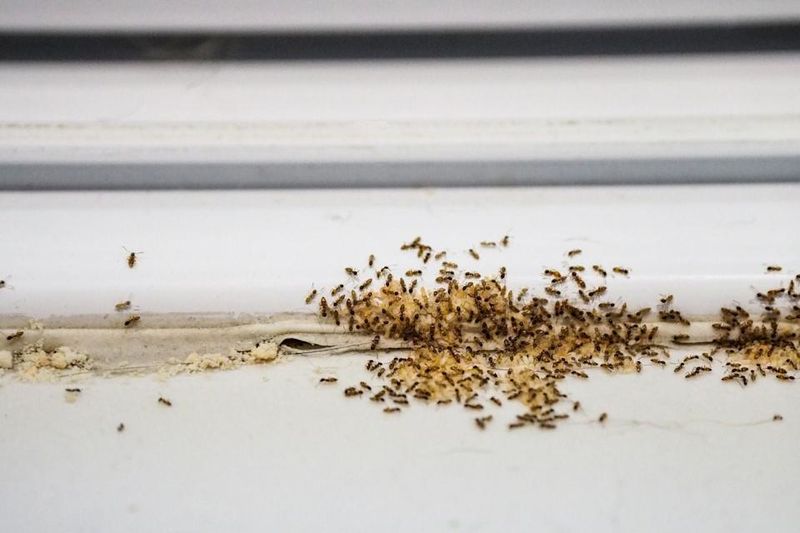
That occasional ant or single mouse might seem harmless, but pests multiply faster than rabbits! Early intervention costs $100-300, while full-blown infestations require $2,000-8,000 for extermination and damage repair.
Termites alone cause $5 billion in property damage yearly. Rodents chew through electrical wiring—a leading cause of house fires—and contaminate insulation with droppings that create health hazards.
Quarterly perimeter treatments and prompt attention to early signs prevent pests from establishing colonies that damage your home’s structure and systems.

